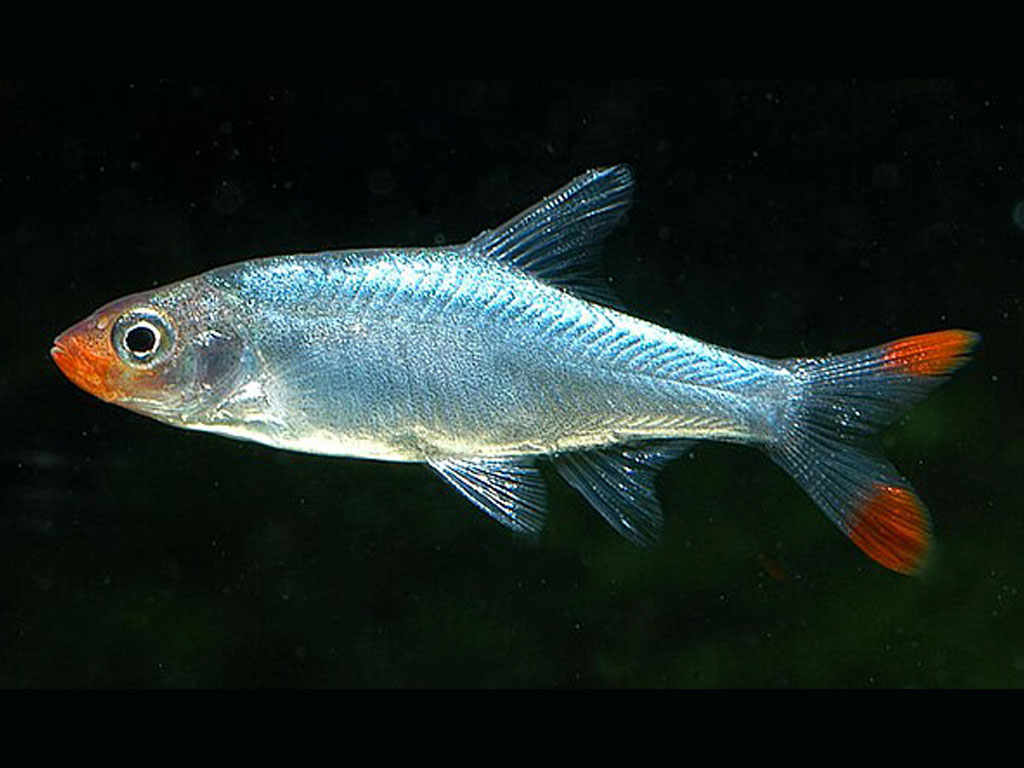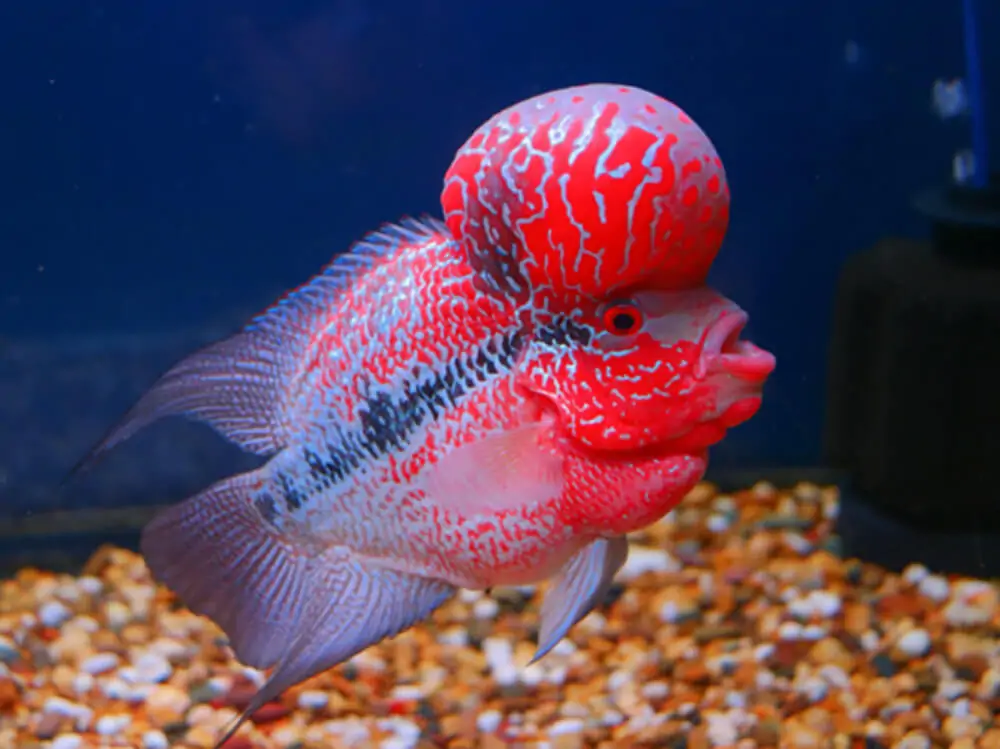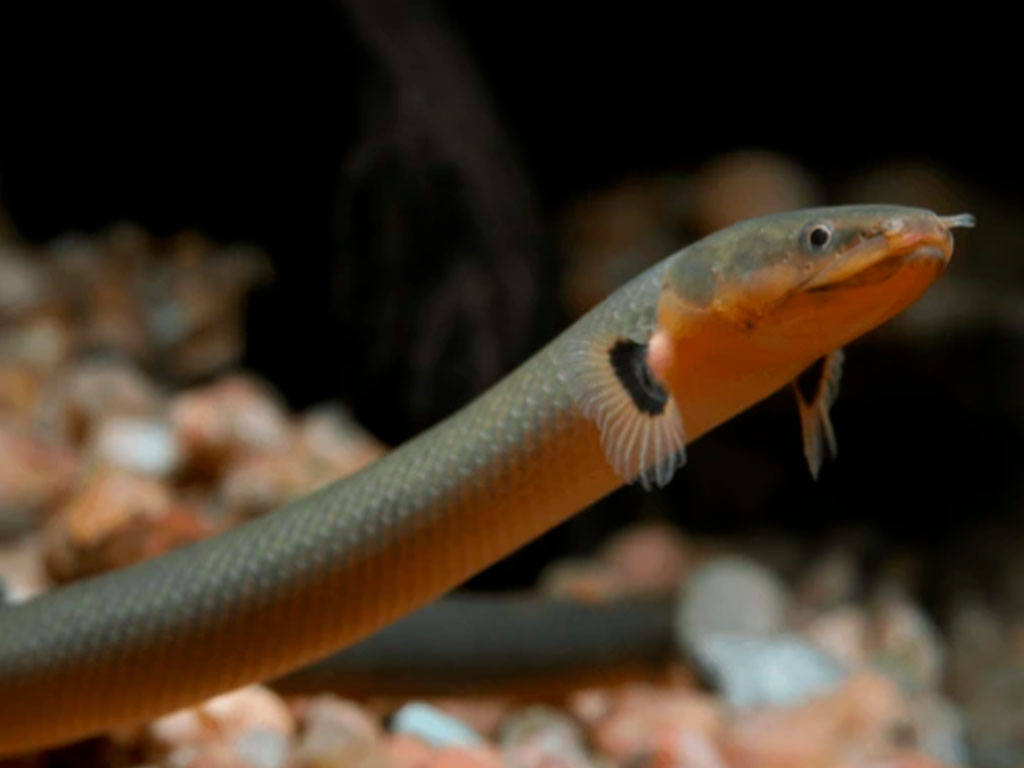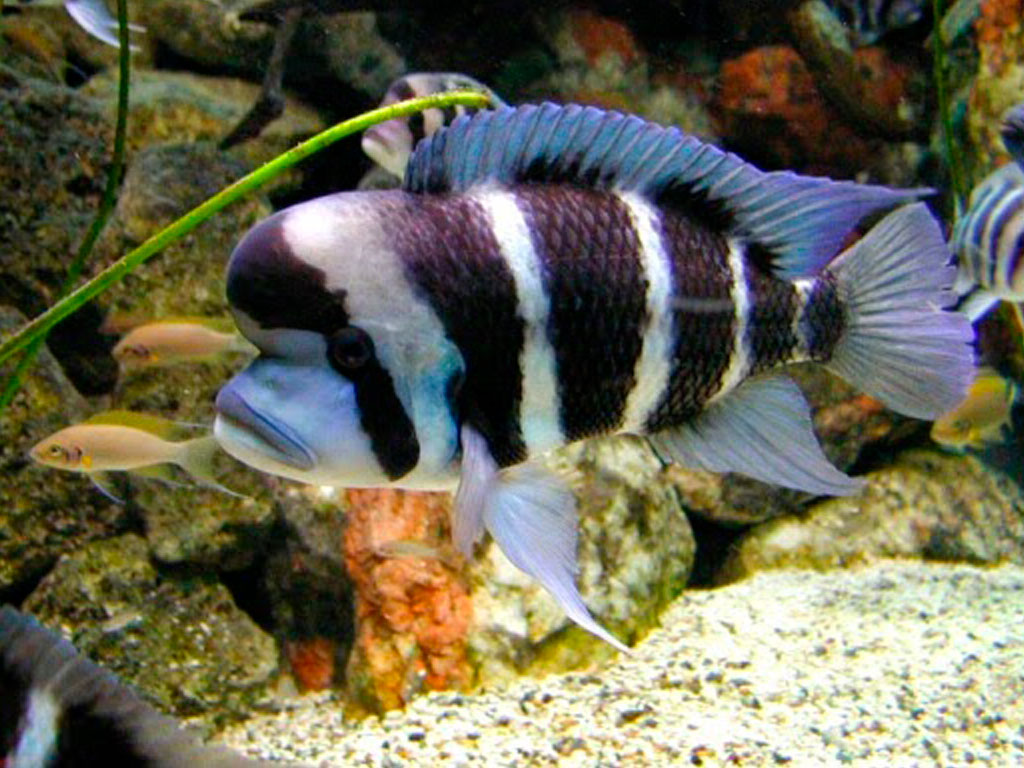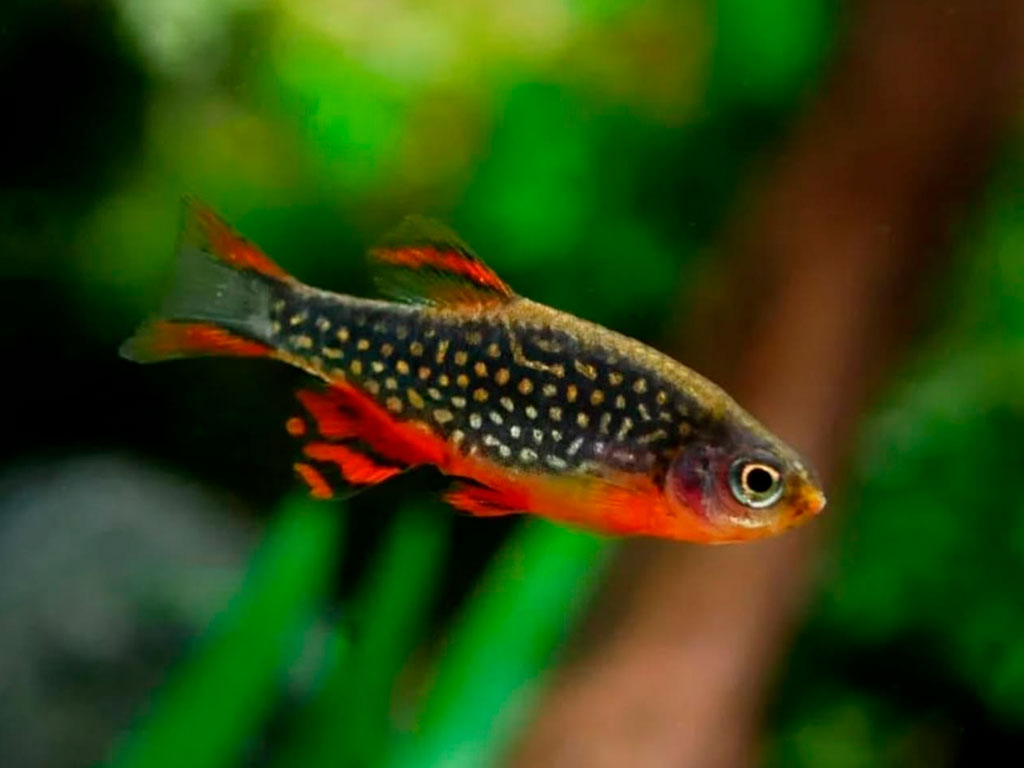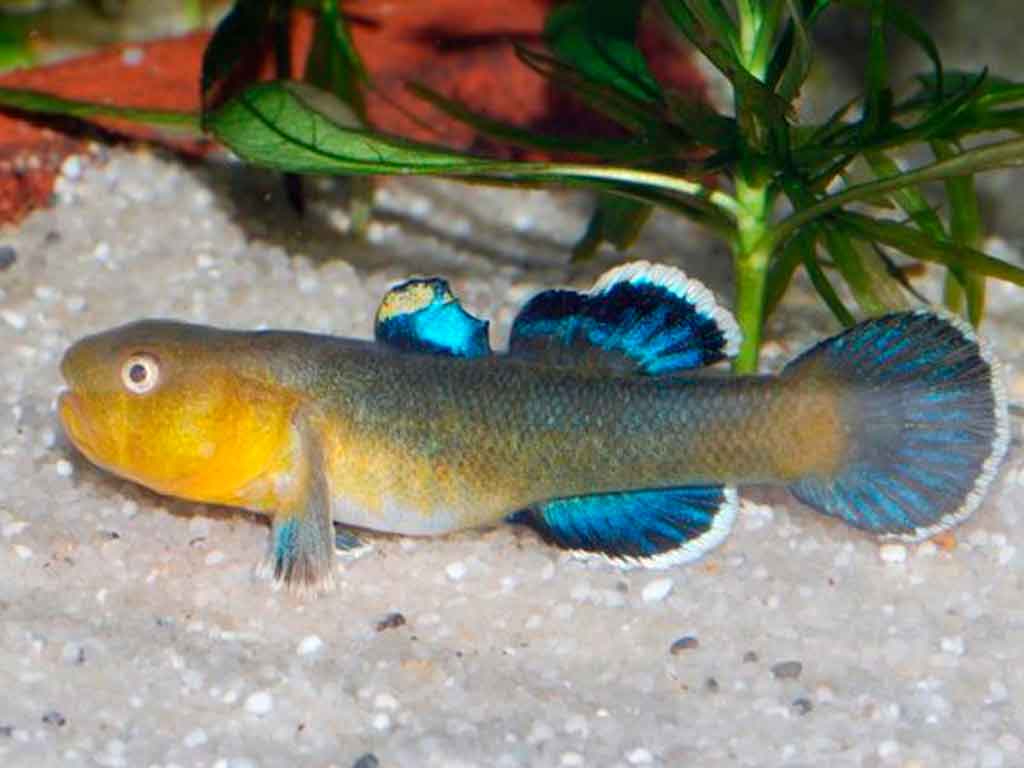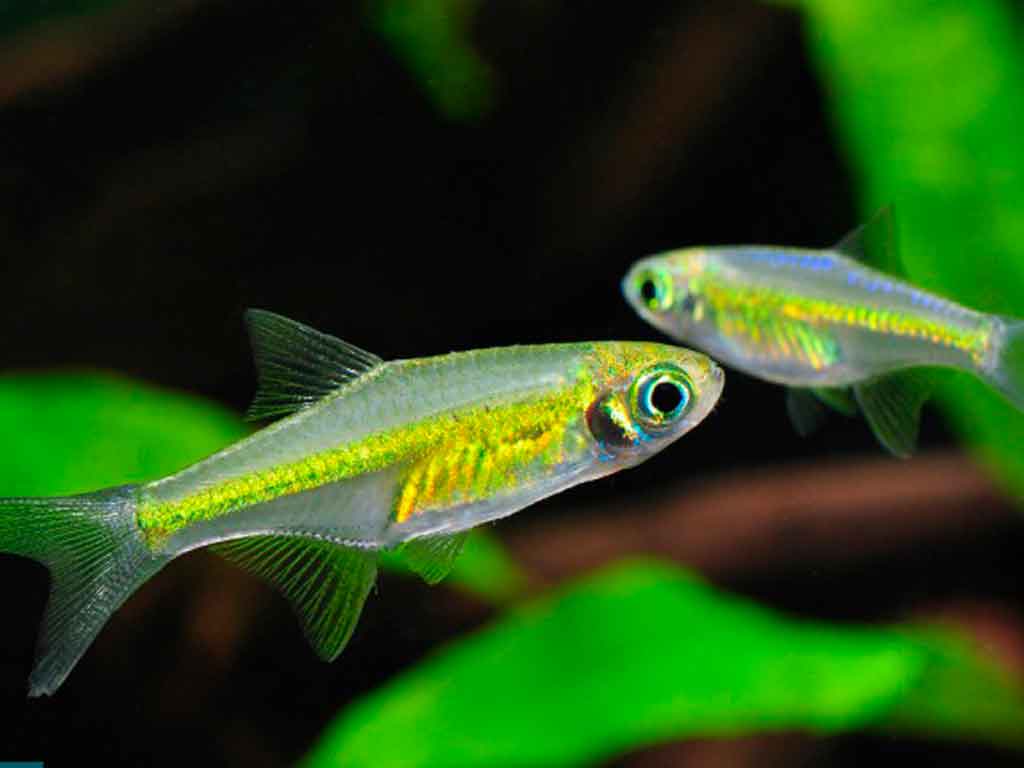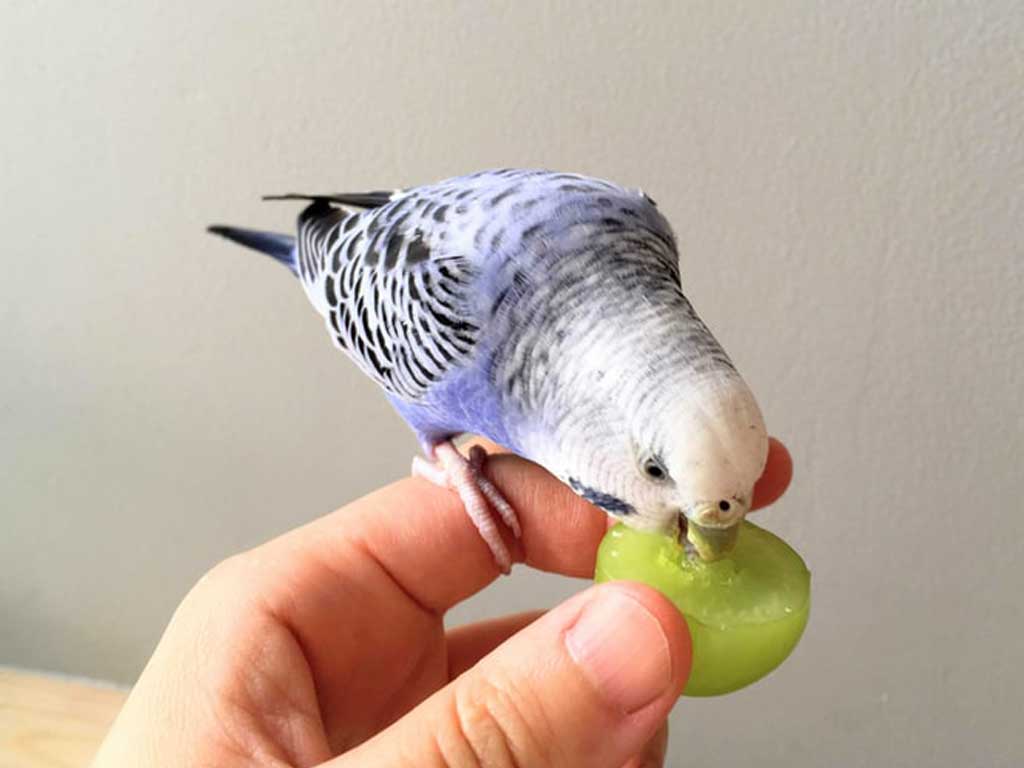In the fascinating world of aquarium keeping, every now and then a species emerges that captivates with its beauty, behavior, and rarity. Such is the case of Sawbwa resplendens, colloquially known as “Samba” in some circles. This tiny fish, native to Inle Lake in Myanmar, is still relatively new to the hobby but is steadily gaining popularity among aquarists around the world.
Join us as we explore this striking highland dweller—from its origin and background to its care, behavior, and breeding challenges.
A Peculiar Name and a Unique Origin
Sawbwa resplendens comes from Inle Lake, a freshwater body located about 900 meters (3,000 feet) above sea level, in the mountainous Shan State of Myanmar. This particular environment gives the fish some unique characteristics. Not only is it a high-altitude species, but it also lives in waters with unusual parameters for Southeast Asia: hard and slightly alkaline waters, rich in minerals—quite a contrast to the typically soft and acidic waters of the region.
Until a few years ago, all specimens available in the hobby were wild-caught, but due to its rarity and the pressure on natural populations—considered critically endangered by some sources—there has been a push for captive breeding. Today, nearly all Sawbwa resplendens on the market come from Southeast Asian fish farms.
Appearance and Sexual Dimorphism
Visually, Sawbwa resplendens is a striking fish, especially the males. Adults grow to about 3 centimeters (1.2 inches) in length and are known for their vivid red fins and iridescent bluish bodies. The males’ vibrant coloration makes them living jewels in the aquarium.
Females, on the other hand, are much more subdued in appearance. This contrast has historically led retailers to prioritize selling males, due to their visual appeal, which makes it harder for hobbyists to assemble balanced breeding groups.
Behavior and Schooling Nature
Part of the Rasbora family, the Sawbwa is a peaceful, schooling fish. Its well-being depends on living in groups of at least 6 individuals, though larger groups are ideal. This schooling behavior not only reduces stress but also brings out more natural behavior and coloration.
In groups with few females, males tend to compete with each other, leading to mild chasing. A more balanced dynamic is achieved with a higher female-to-male ratio. Ideally, aim for one male for every three or four females, although achieving this balance can be tricky when buying from stores.
Tank Setup and Water Parameters
The natural habitat of Sawbwa resplendens largely dictates the care it needs in the aquarium:
- Minimum tank size: 40 to 45 liters (10–12 gallons), though they thrive better in larger tanks.
- Temperature: 20 to 25 °C (68–77 °F). Sensitive to heat; prolonged temperatures above 27 °C (81 °F) can cause stress or even be fatal.
- pH: Between 7.0 and 8.0.
- GH/KH (water hardness): High. They come from mineral-rich, alkaline waters.
- Lighting and plants: Plant-safe; perfect for planted tanks or aquascapes.
- Decoration: Driftwood, rocks, and fine-leaved plants create a natural and comfortable setting.
Thanks to their small size and calm temperament, they can coexist with other peaceful, non-aggressive species of similar size.
Feeding
Sawbwa resplendens are strict carnivores, though they readily accept high-quality commercial foods in captivity. Recommended options include:
- Micro pellets designed for small fish.
- Live or frozen brine shrimp.
- Daphnia, microworms, cyclops, and grindal worms.
- For fry: infusoria in the early days, followed by baby brine shrimp (nauplii).
A protein-rich, varied diet enhances their health, intensifies coloration, and improves breeding success.
Breeding: A Challenge for Experienced Aquarists
While maintaining Sawbwa isn’t particularly hard, breeding them can be a real challenge.
Key factors:
- Requires water conditions similar to their native habitat, with hard, alkaline, cool water.
- Spawning can be stimulated by slight temperature increases and regular water changes.
- Males perform circular courting dances around the females.
- Eggs are deposited among fine-leaved plants or moss.
- It is best to remove the parents after spawning, as they may eat the eggs or fry.
- The fry are extremely tiny at birth, needing infusoria for the first few days.
- Later, they can be introduced to baby brine shrimp.
The first few weeks are critical: fry require very frequent, small feedings due to their fast metabolism and tiny digestive systems.
Lifespan and Final Recommendations
With proper care, Sawbwa can live 4 to 5 years in captivity. They are active, colorful, and fascinating to observe in groups. They do especially well in cool, planted tanks with good oxygenation and no aggressive tankmates.
In addition to their beauty, they are an excellent choice for those looking for species that won’t damage aquascapes. Their vivid colors and peaceful nature make them increasingly valued in aquascaping projects.
Conservation Status: A Species in Peril
One of the saddest aspects of Sawbwa resplendens is that it is critically endangered in the wild. Pollution in Inle Lake, habitat loss, and human activity have drastically reduced its natural populations.
This makes it all the more important to support responsible captive breeding and avoid contributing to the trade of wild-caught individuals.
(FAQs)
Is this a good fish for beginners?
While Sawbwa resplendens isn’t extremely difficult to care for, it does require specific conditions (cool, hard water), so it may not be ideal for absolute beginners. Guppies or tetras may be a better starting point.
How long does a Sawbwa resplendens live?
With proper care, a healthy diet, and stable conditions, it can live 4 to 5 years in captivity.
How do I know if a fish is sick?
Common signs of illness include:
- Loss of appetite.
- Fading color or dullness.
- Rubbing against objects.
- Erratic swimming or isolation.
- Clamped fins or visible spots.
Can Sawbwa live with other fish?
Yes, as long as the tankmates are peaceful, similarly sized, and non-aggressive. Avoid fast, boisterous, or territorial species like some barbs or cichlids.
What is the most expensive fish in the world?
The Asian Arowana, especially the “Golden” variant, can sell for tens of thousands of dollars. It is considered a symbol of wealth and luck in some Asian cultures.
Sawbwa resplendens is a unique species with a fascinating origin and important ecological value. Its presence in the aquarium can be deeply rewarding for hobbyists committed to conservation, aquascaping, and responsible fishkeeping.
If you have a planted tank, proper space, the right water conditions, and an appreciation for serene and beautiful fish, this tiny treasure from Myanmar might just become the gem of your aquarium.

